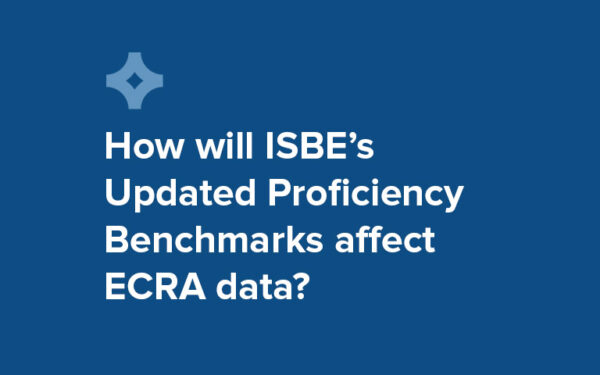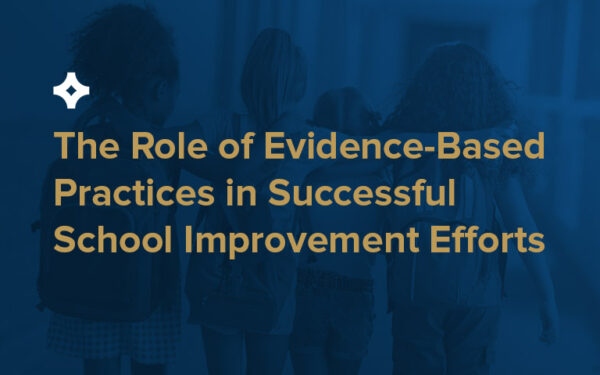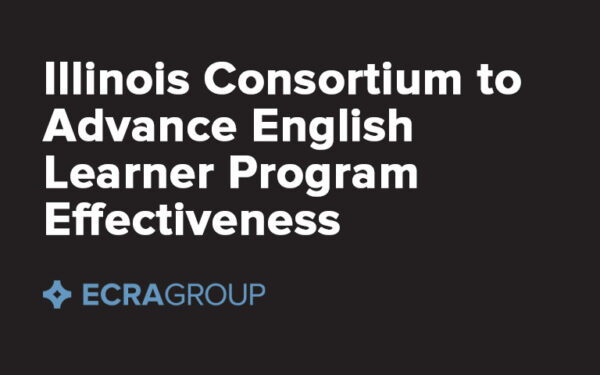Data Driven Budget Strategies That Lead to Better Student Outcomes
School leaders are in a unique position to turn financial planning into a catalyst for student growth. Data driven budgeting empowers districts to move beyond routine spending and make choices that directly support learning and long-term success.











